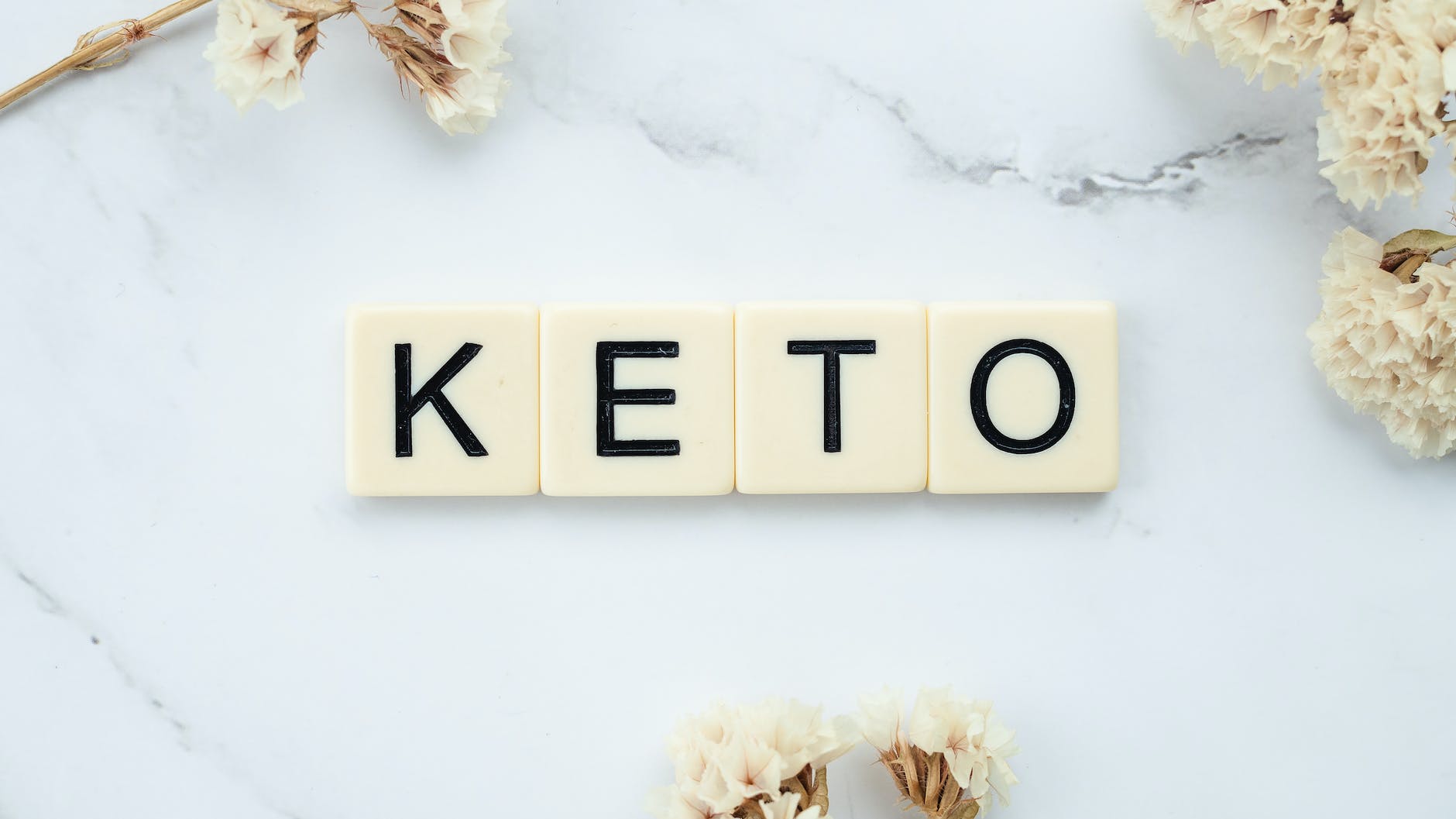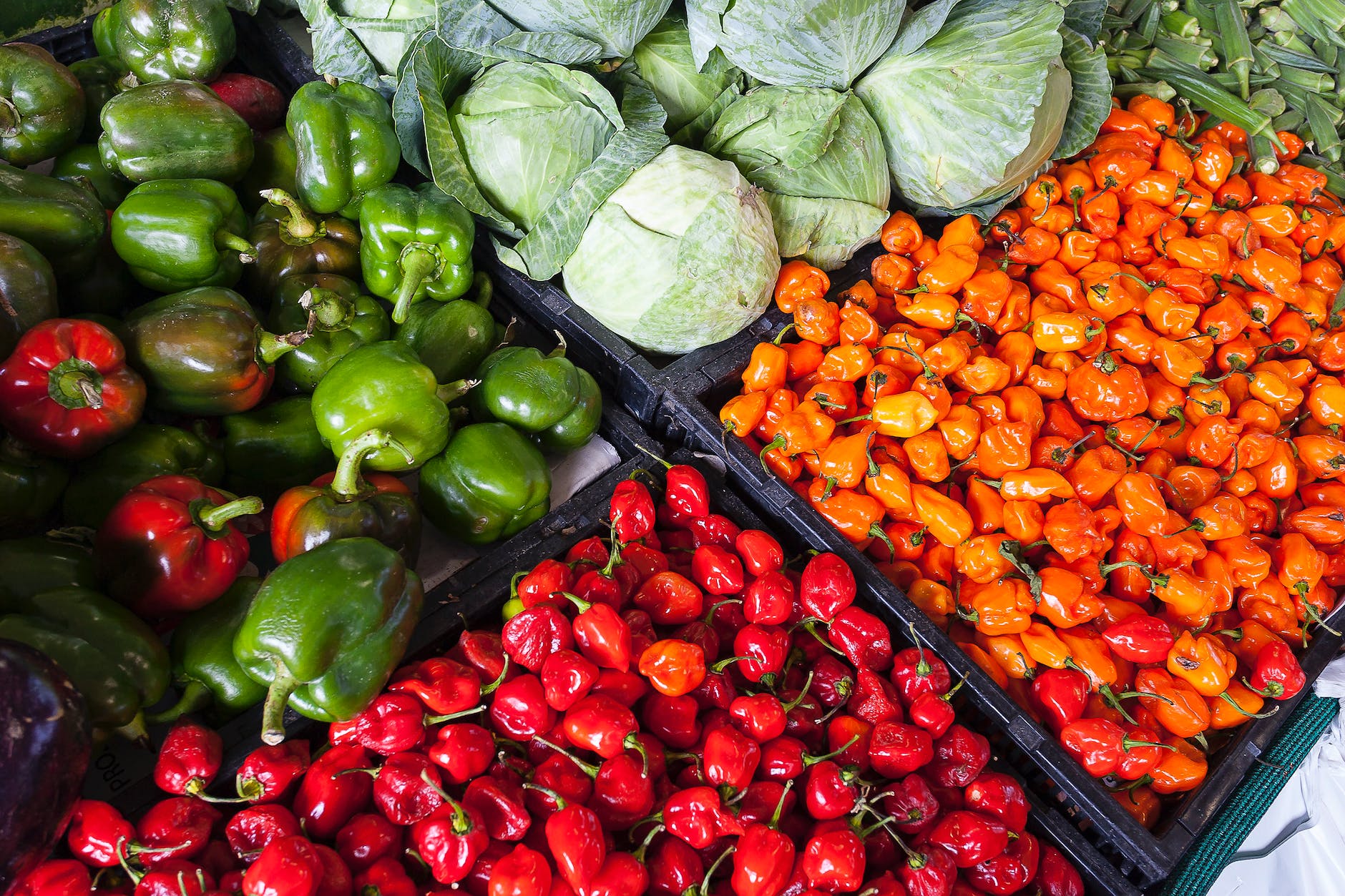
Introduction:
When following a keto diet, finding suitable milk alternatives becomes crucial due to the higher carbohydrate content of traditional dairy milk. Luckily, there are numerous keto-friendly milk alternatives available that can satisfy your cravings without compromising your macronutrient goals. In this comprehensive guide, we will explore various milk alternatives suitable for the keto diet, delve into their nutritional profiles, and provide tips for selecting the best options for your dietary preferences. Let’s embark on a journey to discover the world of keto-friendly milk alternatives! 🥛🌿
Comparing Nutritional Profiles of Keto-Friendly Milk Alternatives:
To make an informed choice about milk alternatives, it’s essential to understand their nutritional profiles. Here’s a comparison table showcasing the approximate macronutrient values per one cup (240ml) of popular keto-friendly milk alternatives:
| Milk Alternative | Calories | Carbohydrates | Fat | Protein |
|---|---|---|---|---|
| Almond Milk | 30-40 | 1-2g | 2.5-3g | 1g |
| Coconut Milk | 45-50 | 1-2g | 4.5-5g | 0g |
| Cashew Milk | 25-50 | 1-2g | 2-4g | 0.5-1g |
| Macadamia Nut Milk | 50-60 | 1g | 5-6g | 0.5-1g |
| Hemp Milk | 70-80 | 1-2g | 6-7g | 2-3g |
| Flaxseed Milk | 25-60 | 0-1g | 2-4g | 0-1g |
Please note that these values can vary slightly between brands, so always check the nutrition label for precise information.
Considerations for Choosing Keto-Friendly Milk Alternatives:
- Carbohydrate Content: Opt for milk alternatives with minimal carbohydrates, ideally less than 2 grams per serving. This ensures that you can enjoy your favorite milk substitute while maintaining ketosis and staying within your daily carb limit.
- Fat Content: Look for milk alternatives that provide a moderate to high amount of healthy fats, which are essential for the keto diet. Aim for options with at least 2 grams of fat per serving to support ketosis and provide satiety.
- Sugar and Artificial Sweeteners: Check the ingredient list to ensure there are no added sugars or artificial sweeteners. Even unsweetened milk alternatives may contain added sweeteners, which can increase the carbohydrate content.
- Fortification: Consider milk alternatives that are fortified with essential nutrients like calcium, vitamin D, and vitamin B12. These nutrients are commonly found in dairy milk and contribute to overall health while following a keto diet.
- Taste and Texture: Experiment with different milk alternatives to find the one that suits your taste preferences and desired consistency. Some milk alternatives may have a nuttier flavor (e.g., almond milk), while others may be creamier (e.g., coconut milk). Find the option that enhances your recipes and complements your beverages.
Incorporating Keto-Friendly Milk Alternatives into Your Diet:
- Smoothies and Shakes: Use your preferred keto-friendly milk alternative as a base for delicious and nutritious smoothies and shakes. Combine it with low-carb fruits, leafy greens, protein powder, and healthy fats like avocado or nut butter to create a satisfying and keto-friendly meal or snack.
- Hot Beverages: Enjoy warm and comforting beverages by using keto-friendly milk alternatives. Create a decadent hot cocoa by combining unsweetened cocoa powder, a keto-friendly sweetener, and your chosen milk substitute. Alternatively, try a golden milk latte with turmeric, spices, and your preferred milk alternative for a soothing and healthful drink.
- Cereal and Porridge Substitutes: Pour your favorite milk alternative over low-carb granola, chia seeds, hemp hearts, or flaxseed meal to create a keto-friendly cereal or porridge substitute. Add in nuts, seeds, berries, or a sprinkle of cinnamon for additional flavor and texture.
- Baking and Cooking: Substitute dairy milk with a keto-friendly milk alternative in your baking and cooking recipes. Whether you’re making pancakes, muffins, sauces, or creamy soups, using a milk alternative can help you achieve the desired consistency and flavor while adhering to your low-carb lifestyle.
Conclusion:
When following a keto diet, choosing the right milk alternatives is essential to maintain your macronutrient balance and enjoy a variety of beverages and recipes. By considering the nutritional content, taste preferences, and versatility, you can find the perfect keto-friendly milk alternative to suit your dietary needs. Whether it’s almond milk, coconut milk, cashew milk, or another option, these alternatives provide a satisfying and nutritious alternative to traditional dairy milk. So, embrace the abundance of keto-friendly milk alternatives and enhance your culinary journey on the ketogenic path! 🥛🌿











